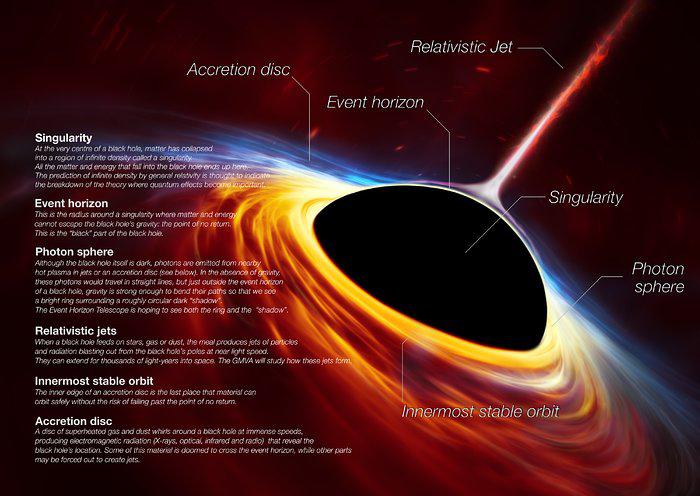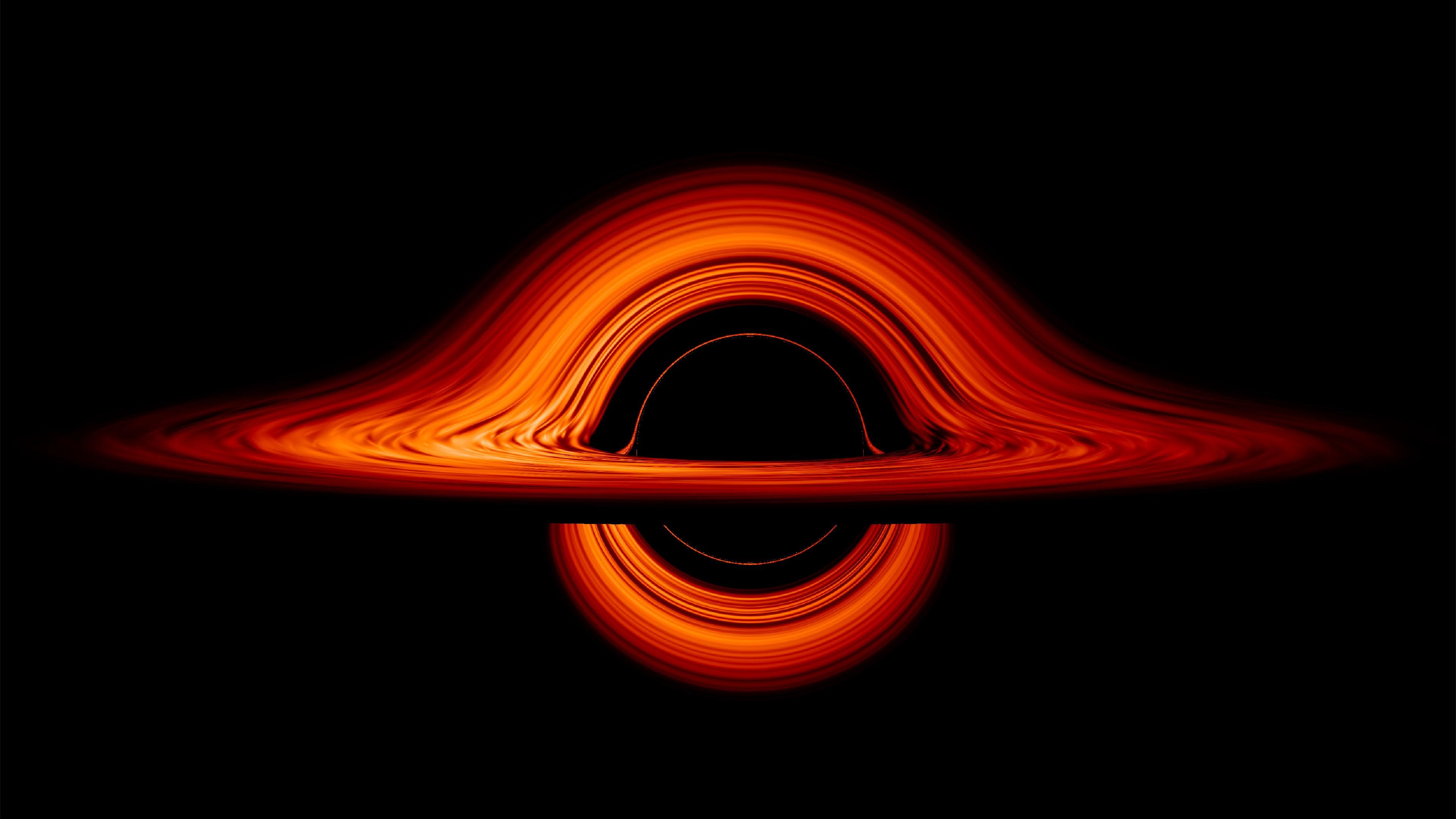*This text was written by a columnist. TecMundo; finally learn more.
Few things in the universe hold such a prominent place in the popular imagination. black holes. Cosmic Idols of Sports Enthusiasts astronomy and science fiction fans, this class of celestial objects is in the category of the most intriguing and mysterious objects in existence.
Black holes, defined as points in space where gravity is so intense that even light cannot escape, compress enormous amounts of matter and energy into a tiny space. Surrounding these regions is the so-called event horizon: the boundary where an object can escape the black hole’s gravitational pull and everything falls towards its central singularity.
We literally can’t see a black hole, as everything that passes through the event horizon doesn’t come back to tell the story. They are invisible for direct observation through electromagnetic radiation. However, we know they exist because we can observe their indirect effects: through gravitational interaction with objects around them (which produces visible effects), such as stars and gas, as well as through gravitational waves.
In the Milky Way alone, there are millions of black holes scattered throughout the galaxy, some of which have the mass of the sun to millions (and even billions in the case of a central supermassive black hole).
Among the few terrible ways in which the universe can destroy something or someone, black holes occupy a privileged place. For example, if you try to hold your breath for a few seconds in space, your lungs will explode. If you instead expelled all the air molecules inside, you would faint almost instantly.
There are planets and moons so cold that if you are not sufficiently protected, all your internal organs will freeze instantly. Other places are so hot that their atoms turn into a soup of plasma. But none of these forms is more frightening and impressive than approaching and “falling” into a black hole.
Let’s suppose for a moment that we are unaware of these facts. Let’s also forget about the constraints constrained by the laws of physics and technological limitations. Let’s imagine, at the height of our sanity, that we decide to take a spacecraft fast and powerful enough and set out for the nearest black hole.

For most of the journey between Earth and our final destination, we would feel weightless. The gravity of a black hole is like the gravity of any other large body, provided we are far enough away, of course. But as we agreed, we travel there fast, after all, we are naturally curious.
As we get closer, the event horizon seems to be growing much faster than expected, as the curvature of space-time becomes more intense. Around the event horizon, space is so warped that you begin to see multiple views of the outer universe, as if it were a kaleidoscope of reflected and inverted.
The gravitational forces on various parts of your body will also be different. In reality, this happens all the time, and even on Earth, our body’s dimensions relative to Earth’s make this difference imperceptible. But when we fall into a black hole, our feet, for example, would feel a much stronger force than our head. These differences in forces are called tidal forces. Because of them, the effect on our body would be as if it was completely receding.
The result of this is exactly what you imagine: eventually the tidal forces become so intense that they overcome the intermolecular forces in our organism. This causes our body to tear in half. The halves would then split in half again and in half again… until only a string of atoms remained descending towards the event horizon. This “stretching” effect resulting from tidal forces is known in culture. popular science as “spaghetti”.

As it always seems obvious, surviving a trip to a black hole would not be possible. But with our imagination, let’s re-imagine it!
If we could survive and cross the event horizon, we certainly wouldn’t see the cosmic future shining through a crystal wall. Not. When we crossed the event horizon, we would see not only the outside of the Universe, but also part of the Universe inside the event horizon! As we moved towards the singularity, the light that would come to our eyes due to gravitational forces would first turn blue and then red again. In the final moments, the field would strangely appear completely flat.
Finally, if we were to take a friend to film our approach to a black hole from afar in this adventure, what he recorded on his camera would never indicate that we have reached the event horizon. This is because as we fall towards it, our image appears increasingly reddish and dark, but never completely lost.
The detailed physics behind these phenomena are complex and challenging, but I guarantee that our imaginations allow us to form a satisfying visual idea! Well, or maybe not so much.
Nicolas Oliveiracolumnist TecMundoHe holds a degree in Physics and a master’s degree in Astrophysics. Professor and currently doing his PhD working with galaxy clusters at the National Observatory. He has experience in Teaching Physics and Astronomy and researching Extragalactic Astrophysics and Cosmology. He works as a scientific dissector and communicator for the dissemination and democratization of science. Nicolas is on social media as @nicooliveira_.
Source: Tec Mundo
I am Bret Jackson, a professional journalist and author for Gadget Onus, where I specialize in writing about the gaming industry. With over 6 years of experience in my field, I have built up an extensive portfolio that ranges from reviews to interviews with top figures within the industry. My work has been featured on various news sites, providing readers with insightful analysis regarding the current state of gaming culture.










